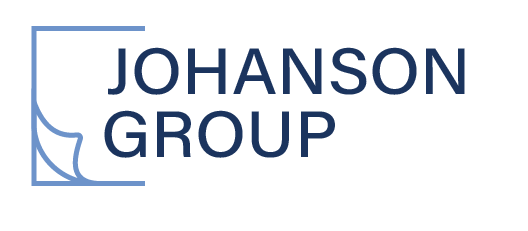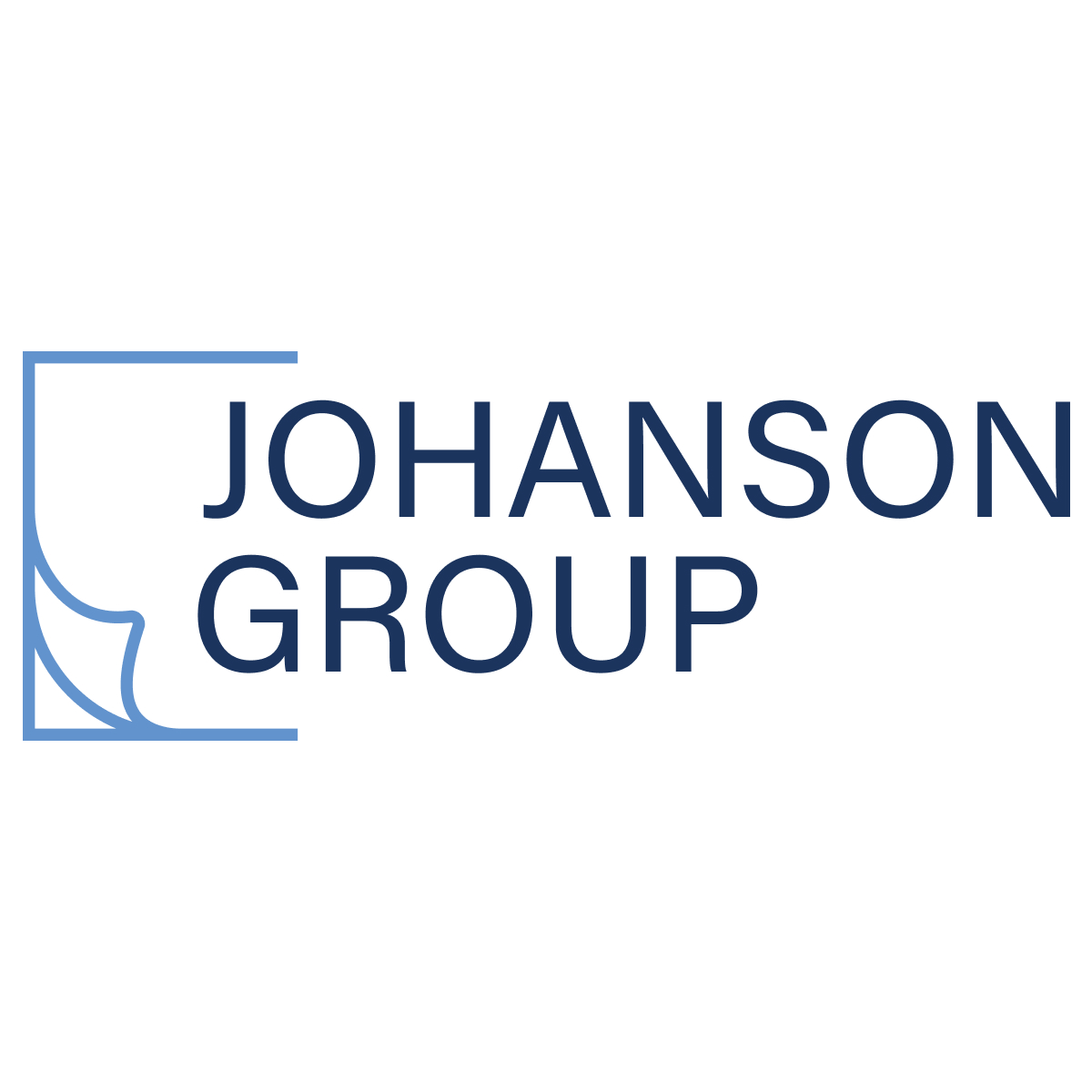Secure Your Digital Future: Cybersecurity Awareness Month
While many of us are thinking about pumpkin spice and falling leaves, it’s also a crucial time to turn our attention to something equally important: cybersecurity. National Cybersecurity Awareness Month (NCSAM) serves as a vital reminder for individuals and, perhaps even more critically, for organizations, that a proactive approach to digital security isn't just a best practice – it's a necessity in today's interconnected world.
Cyber threats are constantly evolving, becoming more sophisticated and pervasive. From ransomware attacks that cripple operations to data breaches that erode trust and incur massive costs, the risks are real and ever-present. This month, let’s recommit to building stronger digital defenses and fostering a culture of security within our organizations.
So, how can your organization truly stay secure and resilient in the face of these challenges?
Essential Cybersecurity Tips for Organizations:
Prioritize Employee Training: Your employees are often your first and most critical line of defense. Regular, engaging training sessions on phishing recognition, strong password practices, social engineering awareness, and safe browsing habits are paramount. A well-informed workforce is less likely to fall victim to common cyber-attacks.
Implement Strong Access Controls: Not everyone needs access to everything. Employ the principle of "least privilege," ensuring employees only have access to the data and systems absolutely necessary for their roles. Regularly review and update access permissions, especially when employees change roles or leave the company.
Embrace Multi-Factor Authentication (MFA): Passwords alone are no longer enough. MFA adds an extra layer of security, requiring users to verify their identity through a second method (e.g., a code from a mobile app, a fingerprint) in addition to their password. Implement MFA across all critical systems and applications.
Regularly Update and Patch Systems: Software vulnerabilities are a primary entry point for attackers. Establish a robust patch management program to ensure all operating systems, applications, and network devices are kept up-to-date with the latest security patches. Don't delay – attackers often exploit known vulnerabilities within days or hours of their public disclosure.
Back Up Your Data (and Test It!): In the event of a ransomware attack, data corruption, or system failure, reliable backups are your lifeline. Implement a comprehensive backup strategy, storing copies off-site or in the cloud, and crucially, regularly test your recovery process to ensure your backups are viable.
Secure Your Endpoints: Laptops, desktops, smartphones, and tablets used by employees are all potential entry points. Deploy endpoint detection and response (EDR) solutions, antivirus software, and ensure proper configuration of firewalls on all devices.
Develop an Incident Response Plan: A breach isn't a matter of "if," but "when." Having a well-defined incident response plan allows your organization to react quickly, minimize damage, comply with reporting requirements, and recover efficiently. Practice this plan through tabletop exercises.
Vendor Risk Management: Your supply chain is an extension of your attack surface. Thoroughly vet third-party vendors, suppliers, and partners to ensure they meet your security standards. Understand their security practices and include cybersecurity clauses in contracts.
The Non-Negotiable Need for Compliance Audits: SOC 2, ISO 27001, and More
Beyond these critical practices, organizations must also demonstrate their commitment to security through independent validation. This is where compliance audits come into play, providing a structured framework and external assurance of your security posture.
SOC 2 (Service Organization Control 2): Essential for service organizations that store customer data, a SOC 2 report evaluates how your company handles customer data based on the five "Trust Service Principles": Security, Availability, Processing Integrity, Confidentiality, and Privacy. Achieving SOC 2 compliance builds significant trust with clients and partners.
ISO 27001: This internationally recognized standard specifies the requirements for establishing, implementing, maintaining, and continually improving an Information Security Management System (ISMS). ISO 27001 certification demonstrates a systematic approach to managing sensitive company and customer information.
Other Relevant Audits: Depending on your industry and location, other compliance frameworks might be critical, such as HIPAA (for healthcare), GDPR (for data privacy in Europe), NIST, or PCI DSS (for credit card processing).
Regularly undergoing these audits isn't just about ticking boxes; it forces organizations to meticulously review and strengthen their security controls, identify weaknesses, and continuously improve their information security management system. They provide a clear roadmap for security excellence and are often a prerequisite for doing business with larger enterprises.
This Cybersecurity Awareness Month, let’s go beyond awareness and move towards actionable security. By implementing robust practices and embracing the rigor of compliance audits, your organization can build a resilient digital environment, protect its valuable assets, and ensure a secure future for everyone.
Stay safe out there!


